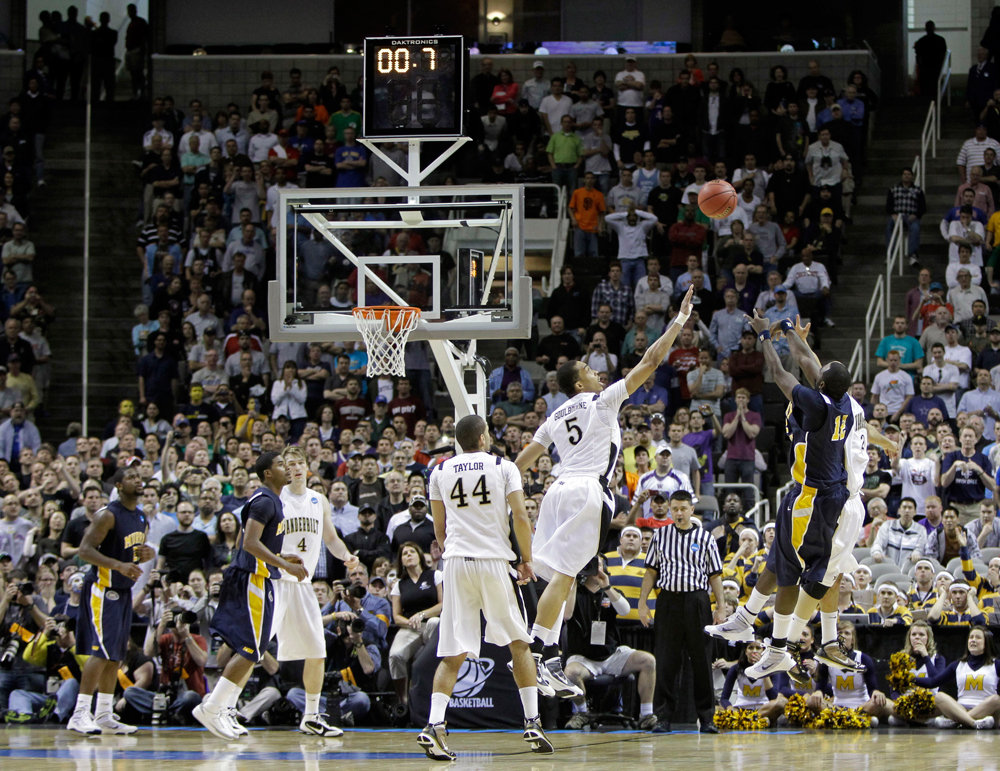HSAC Analyses: Time Out Before Last Possession Benefits Defense
Posted by jstevrtc on August 31st, 2010Those folks from the Harvard Sports Analysis Collective have been at it again, continuing what will apparently be a series of analyses of close basketball games. They’ve released two more sets of data, one that says the defense benefits from a time out being called before a team that trails by two points or less takes its last possession, and another that verifies this defensive advantage in situations where the score is tied. The benefit comes from the fact that a foul on the leading/defending team is less likely to be called because a coach has time to communicate with his players and set his defense. This is important because their data from last season also shows that offenses which draw fouls on the defense in these situations score almost twice as much (1.62 points per last possession) on the average than offenses that do not draw fouls (0.878 points).
As college basketball fans, we’re all familiar with the scenario. Close game, just a few seconds left. Team A is up on Team B by two points or less. A time out is called. The last possession then follows, and Team B wants to either score or draw a foul on Team A. The HSAC says that Team A benefits from a time out because if they can set their defense, they’re less likely to have a foul called on them (the actual numbers are below).
When we first read their write-up about situations where a team trails by two points or less, we wondered if the analysis had been based on the time out being called by the team about to play defense (Team A above). From their site:
Teams were much more likely to draw a foul if they did not call a timeout before that possession. Teams drew fouls on 13 percent of end-of-game possessions when they did not call a timeout. Teams that called a timeout only drew fouls on 8 percent of their possessions. This difference was strongly statistically significant (p=0.001).
We took that to mean that the defense had just called the time out, which would have been a problem, since that’s not usually how it happens, from our experience. If Team A scores late in a game and takes a one- or two-point lead, it’s almost always Team B, the team who just got scored on, who calls the time out. If the HSAC analysis would have only considered the scoring team having called the time out, to us it would have meant a lack of real-world generalizability. If the benefit is that the defense is able to set itself, it shouldn’t matter who calls the time out. We contacted the HSAC about this, who confirmed to us that the analysis was based on either team calling a time out, not just the leading team (Team A).










































